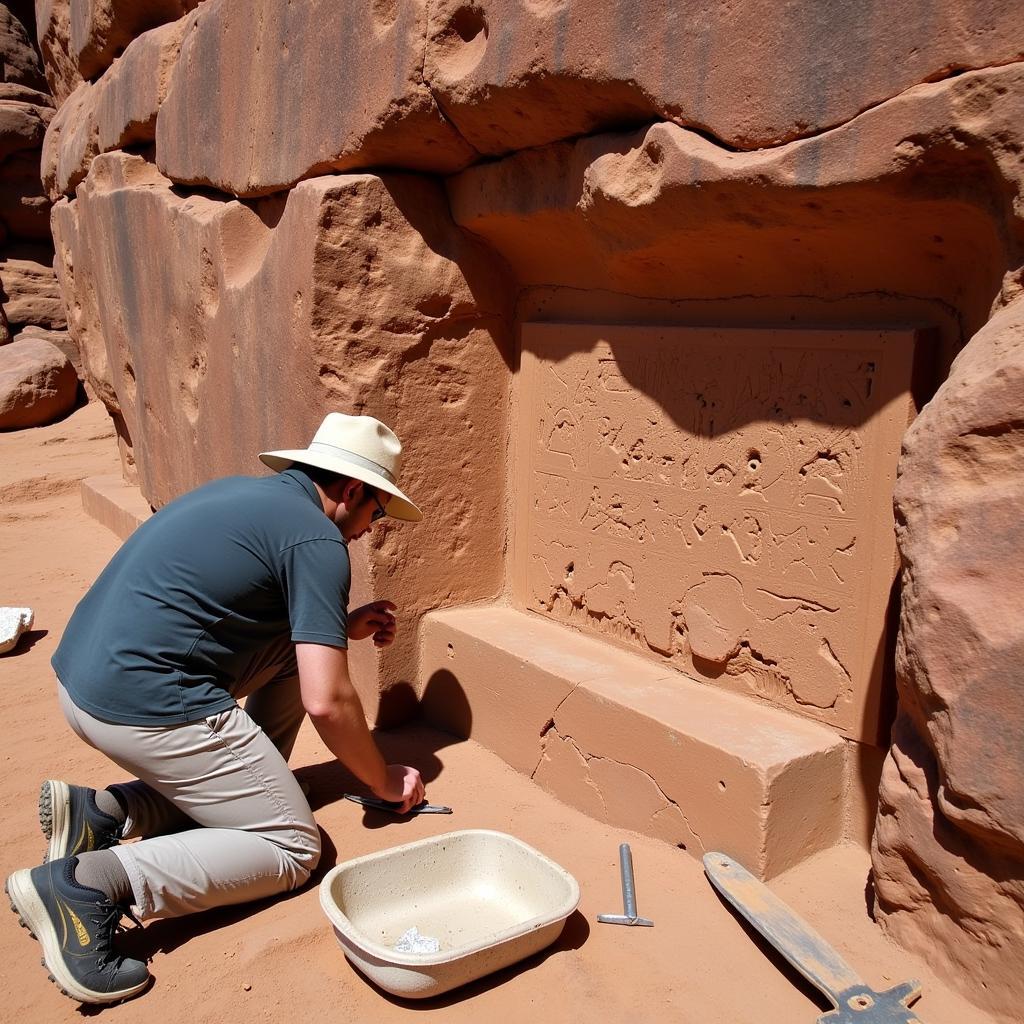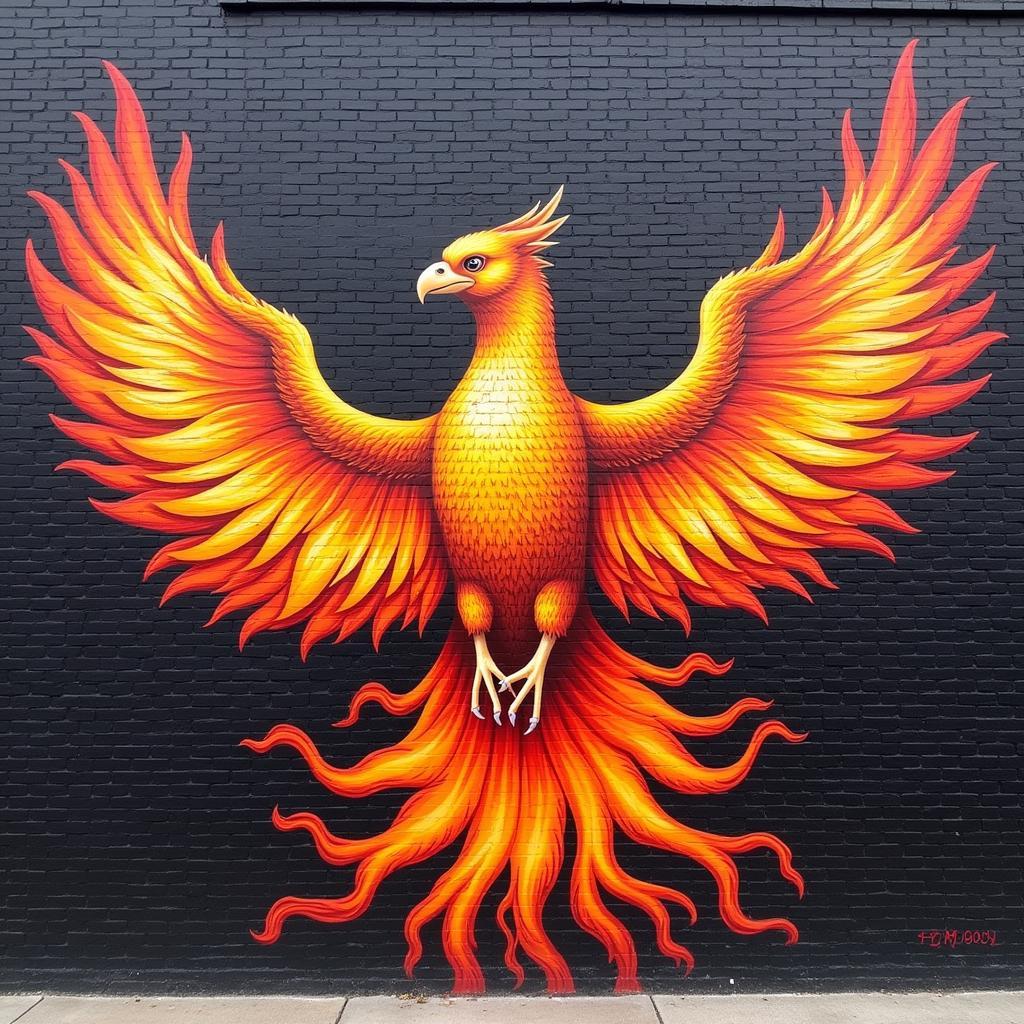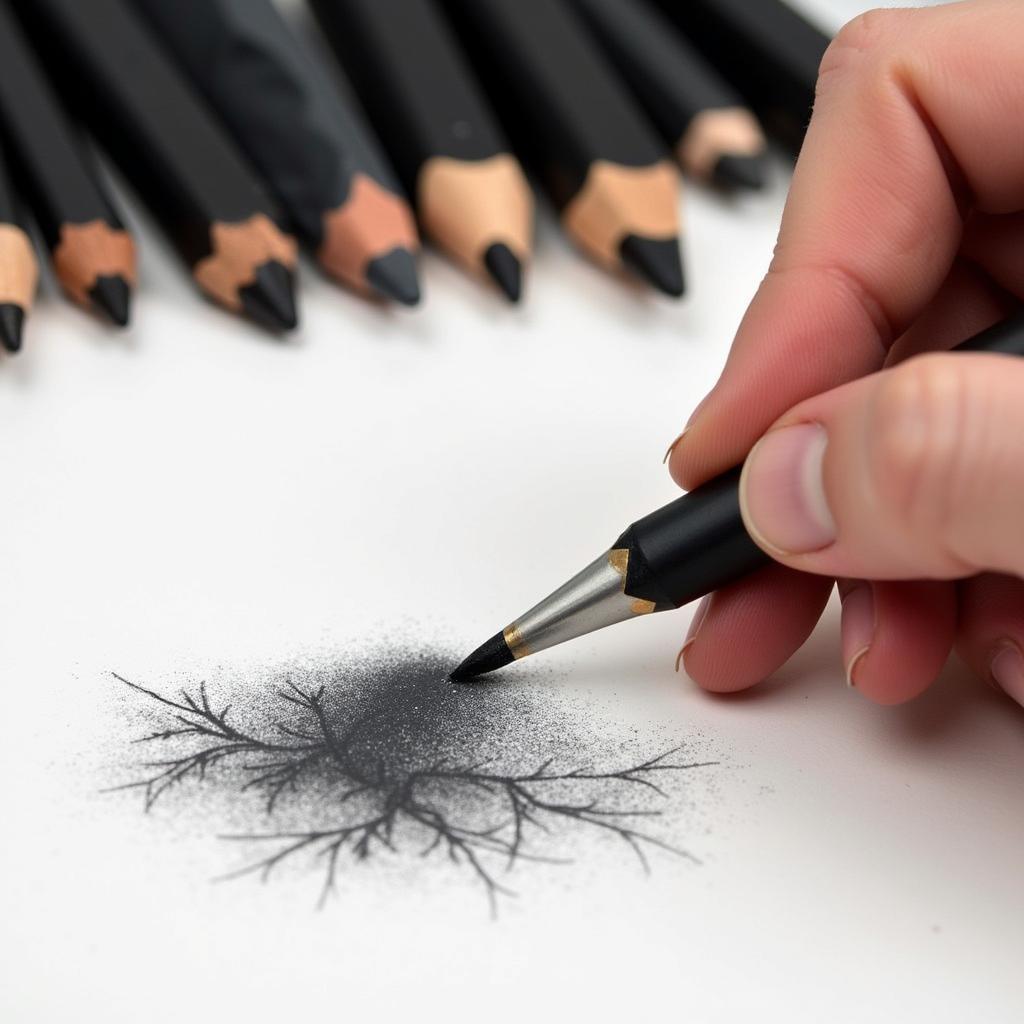Exploring Moab Ancient Art: A Journey Through Time
Moab Ancient Art offers a captivating glimpse into the rich history and cultural heritage of the Moab region, spanning millennia. From petroglyphs etched onto sandstone cliffs to remnants of ancient settlements, these artistic expressions provide valuable insights into the lives, beliefs, and artistic skills of the people who once inhabited this captivating landscape. This exploration delves into the various forms of Moab ancient art, their significance, and the ongoing efforts to preserve these invaluable treasures for future generations.
Unraveling the Stories Behind Moab’s Rock Art
Moab’s rock art, primarily petroglyphs and pictographs, serves as a visual record of the region’s past. These ancient markings, often found on canyon walls and rock faces, depict a variety of subjects, including animals, human figures, geometric designs, and symbols. Researchers believe these images held spiritual and cultural significance, potentially serving as storytelling devices, territorial markers, or records of important events. Deciphering the meanings behind these enigmatic images continues to be a fascinating challenge for archaeologists and art historians alike. What stories do these ancient markings tell? What can they reveal about the lives and beliefs of the people who created them?
 Ancient Petroglyphs in Canyonlands National Park
Ancient Petroglyphs in Canyonlands National Park
Newspaper Rock: A Masterpiece of Moab Ancient Art
One of the most renowned sites for viewing Moab ancient art is Newspaper Rock State Historical Monument. This sandstone panel, covered with hundreds of petroglyphs, is often referred to as the “largest known collection of petroglyphs in the American Southwest”. The density and diversity of the carvings make it a truly remarkable site, offering a unique opportunity to witness the artistic expressions of multiple cultures over centuries. From depictions of bighorn sheep and human figures to abstract symbols and geometric designs, Newspaper Rock stands as a testament to the enduring power of ancient art. How did so many artists contribute to this single rock face over such a vast period?
Preserving Moab’s Ancient Artistic Legacy
Protecting these fragile remnants of the past is crucial for understanding the history and cultural heritage of the Moab region. Exposure to the elements, vandalism, and even unintentional human contact can damage these irreplaceable works of art. Organizations like the Bureau of Land Management and the National Park Service are working diligently to preserve these sites through careful monitoring, educational programs, and conservation efforts. These initiatives aim to ensure that Moab ancient art continues to inspire and educate generations to come. What steps can individuals take to help protect these invaluable cultural treasures?
 Moab Ancient Art Preservation Efforts by Archaeologists
Moab Ancient Art Preservation Efforts by Archaeologists
Beyond Rock Art: Exploring Other Forms of Ancient Expression
While rock art is perhaps the most visible form of Moab ancient art, other artistic expressions offer additional insights into the region’s past. Archaeological excavations have unearthed pottery fragments, woven textiles, and remnants of ancient structures, providing a more complete picture of the lives and artistic skills of the ancient inhabitants. These artifacts offer clues about their daily activities, trade networks, and cultural practices. How do these other forms of art complement and expand our understanding of Moab’s ancient history?
Experiencing Moab Ancient Art: A Journey of Discovery
Visiting the sites of Moab ancient art is a truly enriching experience, allowing you to connect with the past in a profound way. Hiking through canyons, exploring rock shelters, and witnessing these artistic expressions firsthand can evoke a sense of wonder and appreciation for the rich history and cultural heritage of this captivating region. What is the best time of year to visit these sites and explore Moab ancient art?
Conclusion
Moab ancient art offers a fascinating window into the lives and beliefs of the people who once called this region home. From the enigmatic petroglyphs of Newspaper Rock to the delicate pottery fragments unearthed through archaeological excavations, these artistic expressions provide invaluable insights into the rich history and cultural heritage of the Moab region. By continuing to study, preserve, and appreciate these ancient treasures, we can ensure that they continue to inspire and educate generations to come. Exploring Moab ancient art is a journey through time, connecting us to the past and enriching our understanding of the human experience.
FAQ
-
What is the significance of Moab ancient art?
Moab ancient art provides valuable insights into the lives, beliefs, and artistic skills of the people who once inhabited the region. -
Where can I see Moab ancient art?
You can find Moab ancient art at various locations, including Newspaper Rock, Arches National Park, and Canyonlands National Park. -
What types of Moab ancient art exist?
Moab ancient art includes petroglyphs, pictographs, pottery, textiles, and architectural remnants. -
How can I help preserve Moab ancient art?
You can help preserve Moab ancient art by respecting the sites, avoiding touching the art, and reporting any vandalism. -
Are there guided tours available to explore Moab ancient art?
Yes, several guided tours offer opportunities to learn more about and experience Moab ancient art firsthand. -
What is the best time of year to visit Moab ancient art sites?
Spring and fall offer pleasant weather for exploring Moab ancient art sites. -
Where can I find more information about Moab ancient art?
The Moab Information Center and the Bureau of Land Management offer resources and information about Moab ancient art.
Are you curious about other ancient art forms around the world? Check out our article on “Exploring the Mysteries of Ancient Egyptian Art.” You might also be interested in our online workshop on “Digital Art Techniques for Recreating Ancient Masterpieces”.
For further assistance, please contact us: Phone: 02462573573, Email: danteum@gmail.com Or visit us at: Savico Megamall, 7-9 Đ. Nguyễn Văn Linh, Gia Thụy, Long Biên, Hà Nội 10000, Việt Nam. We have a 24/7 customer support team.


